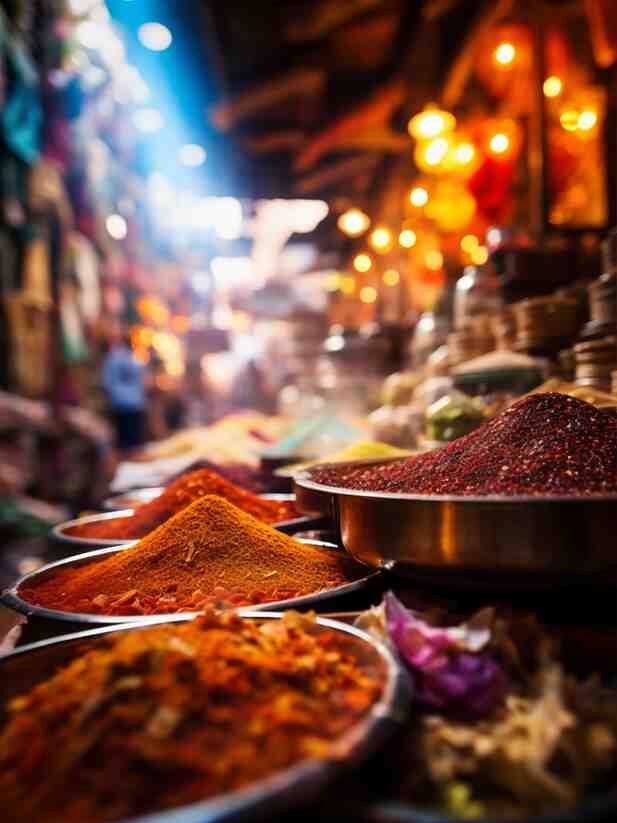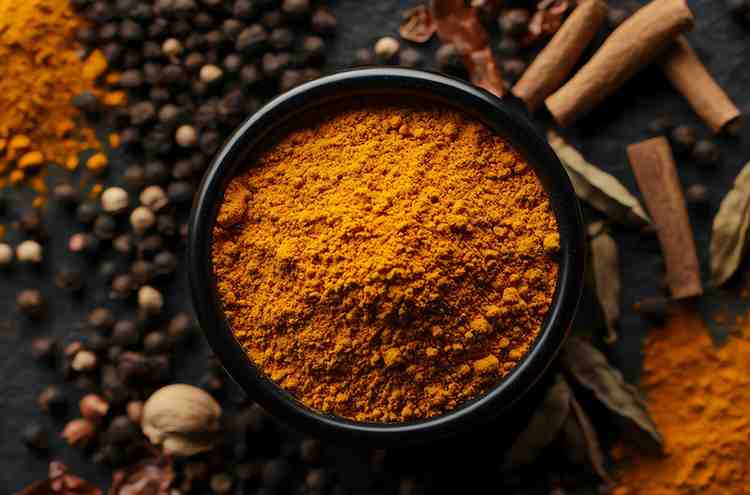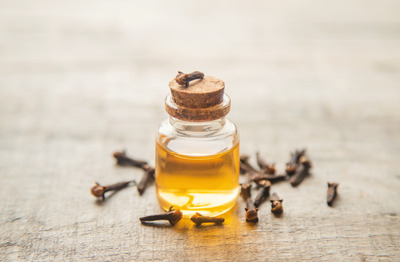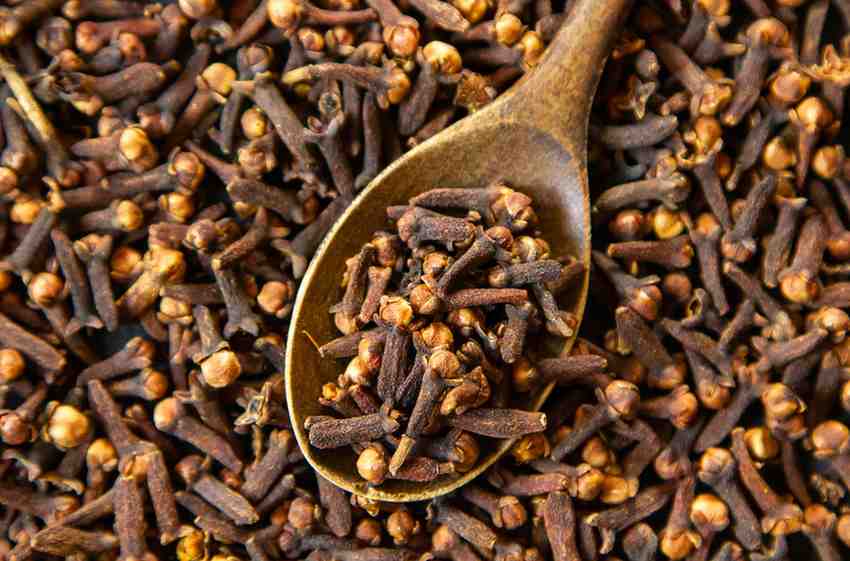Cloves (Syzygium aromaticum) are one of the oldest and most widely used spices in the world. This aromatic spice, with its warm and slightly sweet flavor, has been integral to both culinary traditions and medicinal practices across the globe for centuries. In this part, we will explore the history, ethnobotanical use, and culinary importance of cloves in various cultures.
The Origins and Historical Importance of Cloves
Where Cloves Come From: The Spice Islands
Native to the Maluku Islands in Indonesia, Spice bud often referred to as the Spice Islands. These islands were the only source of cloves for centuries, and their trade was central to the spice routes connecting Asia, Africa, and Europe.
During ancient times, cloves were as valuable as gold. In China, cloves were used as early as 200 BCE, where courtiers chewed them to freshen their breath before addressing the emperor. Meanwhile, in ancient Rome and Greece, cloves became popular for their medicinal properties and flavor.
Cloves in Ancient Trade and Colonial Expansion

The high demand for cloves fueled the Spice Trade, which led to the rise of European colonial powers. By the 16th century, Portuguese explorers took control of the clove trade, but they were soon replaced by the Dutch East India Company in the 17th century. The monopoly over cloves shifted global power dynamics, sparking wars and competition.
Over time, clove cultivation spread to Zanzibar, Madagascar, and India, ensuring the spice became more widely available. Today, these regions, along with Indonesia, are the largest producers of cloves.
Ethnobotanical Uses of Cloves
Cloves in Traditional Healing Practices
Throughout history, cloves have held significant ethnobotanical value. Traditional medicine systems across various cultures have relied on cloves for their antimicrobial, antifungal, and antiseptic properties.
- In Ayurveda, the ancient Indian system of medicine, cloves were used to balance digestive fire and treat issues such as indigestion and flatulence.
- In Traditional Chinese Medicine (TCM), cloves have been used to warm the body, treat nausea, and relieve toothaches. Their warming nature is believed to stimulate circulation and treat cold-related ailments.
- In African traditional medicine, cloves have been used in poultices and ointments to disinfect wounds and promote healing.
Cultural Symbolism and Ritual Use
Cloves are not only valued for their healing properties but also for their symbolic significance. In Indian and Middle Eastern cultures, cloves are burned as incense during religious rituals, believed to purify the air and provide spiritual protection.
In medieval Europe, cloves became a symbol of status and luxury, primarily used by the wealthy in festive dishes like gingerbread and mulled wine.
Culinary Uses of Cloves Around the World
Spice bud have been essential in cooking for centuries, thanks to their bold flavor and versatility. From spicy curries to holiday desserts, cloves play a vital role in global cuisines.
Cloves in Indian and Southeast Asian Cuisine

In Indian cooking, cloves are a staple spice. They are often added to garam masala and various curry powders to provide warmth and depth of flavor. The spice is tempered in oil to release its fragrance and is frequently used in biryani, curries, and masala chai (spiced tea).
In Southeast Asia, cloves are used to flavor meat dishes, such as beef rendang in Indonesia. The spice’s rich flavor enhances the sweetness of coconut milk-based dishes.
Cloves in Middle Eastern and African Dishes
In the Middle East, cloves are combined with spices like cardamom and cinnamon to flavor meats, rice dishes, and sweets. Cloves are also a key ingredient in baharat, a popular Middle Eastern spice blend.
In Ethiopian cuisine, cloves form part of the spice mix, which is used to flavor stews, sauces, and roasted meats. Similarly, in Morocco, cloves enhance the flavor of tagines—a slow-cooked stew made with meat and vegetables.
Western Cuisine and Holiday Dishes
In Western cultures, cloves are most associated with holiday dishes. They bring a warm, spicy note to desserts like gingerbread, pumpkin pie, and spiced cookies. Additionally, cloves are often studded in ham or simmered with wine to create mulled wine, a festive beverage enjoyed during colder months.
Practical Tips for Using Cloves in Cooking
Cloves are a powerful spice, and a little goes a long way. Here are a few tips to get the most out of your cloves:
- Grind Fresh: For maximum flavor, grind whole cloves just before use. Whole cloves last longer than ground ones and retain their potency.
- Pair with Complementary Spices: Cloves work well with other spices like cinnamon, nutmeg, and cardamom. Use these combinations in both sweet and savory dishes to create complex flavors.
- Use Sparingly: Cloves have a strong flavor, so it’s important to use them sparingly. A small amount can add depth to your dish without overpowering it.
- Store Properly: Keep whole cloves in an airtight container, stored in a cool, dark place, to preserve their flavor and potency.

Scientific Studies on Culinary and Ethnobotanical Uses
Several scientific studies have explored the traditional and culinary uses of cloves. Research has shown that cloves contain antioxidants and antibacterial properties, making them not only a flavorful addition to food but also a natural preservative. A study published in the Journal of Food Science found that cloves can help inhibit the growth of harmful bacteria in food, thus enhancing food safety.
Additionally, research indicates that eugenol, the active compound in cloves, can help alleviate tooth pain and combat inflammation. This underscores the spice’s historical use in traditional medicine systems.
Comparisons with Other Spices
Cloves are often compared to other warm spices, such as cinnamon and nutmeg, for their ability to enhance both sweet and savory dishes. However, cloves have a much more intense flavor than these counterparts. While cinnamon offers sweetness and nutmeg adds a mild warmth, cloves deliver a sharp, spicy kick that can dominate a dish if not used carefully.
Medicinal Properties of Cloves
The health benefits of cloves stem largely from eugenol, the primary active compound found in the spice. Eugenol is responsible for many of the medicinal properties that have made cloves a staple in traditional healing systems.
Antioxidant Power
Cloves are rich in antioxidants, which help combat oxidative stress in the body. Oxidative stress occurs when free radicals damage cells, leading to inflammation, aging, and the development of chronic diseases like cancer and heart disease. A study published in the Journal of Agricultural and Food Chemistry highlighted cloves as one of the best natural sources of antioxidants, thanks to their high concentration of phenolic compounds.
Incorporating cloves into your diet can help neutralize free radicals, reduce inflammation, and potentially lower the risk of chronic diseases.
Anti-inflammatory Benefits
Inflammation is the body’s natural response to injury or infection, but chronic inflammation can lead to numerous health problems, including arthritis, diabetes, and heart disease. Cloves, with their anti-inflammatory properties, can help reduce inflammation in the body.
Studies have shown that eugenol works as an anti-inflammatory agent by inhibiting cyclooxygenase (COX), an enzyme responsible for inflammatory processes. This makes cloves an effective natural remedy for joint pain, muscle aches, and other inflammation-related conditions.
Pain Relief and Dental Health

One of the most well-known uses of cloves is for pain relief, particularly for toothaches. For centuries, clove oil has been used as a natural remedy for dental pain, thanks to its numbing and antibacterial properties.
In modern dentistry, clove oil is often used in oral care products to soothe gum inflammation and reduce tooth sensitivity. A study published found that clove oil works as effectively as benzocaine in numbing pain and reducing discomfort during dental procedures.
To relieve tooth pain at home, simply dab a small amount of clove oil on a cotton ball and apply it directly to the affected area.

